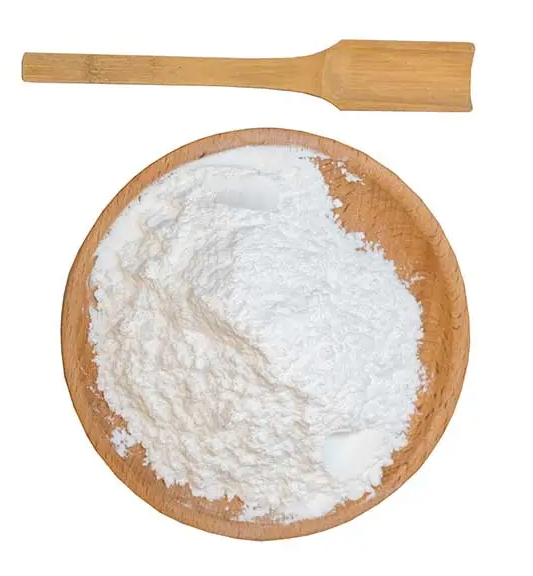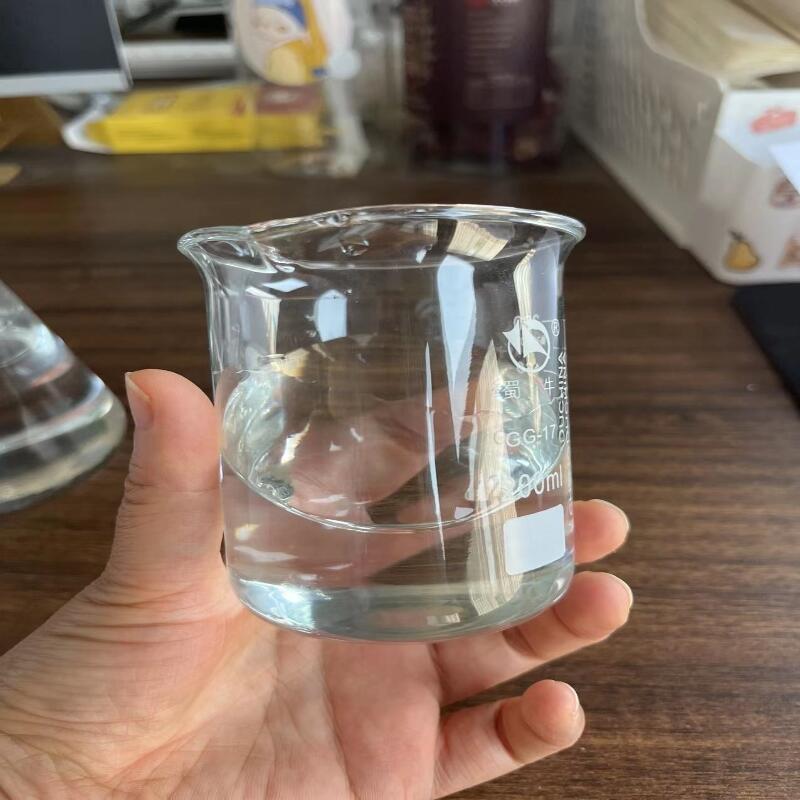Effects of carbonic anhydrase from plant extracts on renal calculi in rats
-
Last Update: 2016-05-30
-
Source: Internet
-
Author: User
Search more information of high quality chemicals, good prices and reliable suppliers, visit
www.echemi.com
Recently, researchers from urology department of the Affiliated Hospital of Jiujiang University published a paper to observe the effect of carbonic anhydrase (CA) on kidney stone rats It is suggested that CA can inhibit the formation of renal crystal in rats, which may have a positive effect on the prevention and treatment of renal calculi This article was published in the Journal of Xinxiang Medical College, the first issue in 2016 Ca was extracted from plant leaves and its activity was detected Forty rats were randomly divided into groups I, II, III and IV, 25 rats in each group Rats in group I were fed with granule feed; rats in group II were given 1% glycol + 2% ammonium chloride 2 ml gavage every day; rats in group III were given 1% glycol + 2% ammonium chloride 2 ml + CA 1 ml gavage every day; rats in group IV were given CA 1 ml gavage every day One week after feeding, urine volume of four groups of rats was collected for 24 hours, and urea nitrogen, creatinine, uric acid and calcium ion in urine were detected After 30 days, the rats were killed to observe the formation of renal crystal There was no significant difference in the levels of urea nitrogen, creatinine and uric acid in the urine of the four groups (P > 0.05); there was significant difference in the 24-hour urine volume of the three and four groups compared with the one and two groups (P < 0.05); there was significant difference in the two groups (P < 0.05) In group II, there was obvious renal stone crystal, in group III and IV, there was no obvious renal stone crystal, but there was abnormal change of renal tubular structure.
This article is an English version of an article which is originally in the Chinese language on echemi.com and is provided for information purposes only.
This website makes no representation or warranty of any kind, either expressed or implied, as to the accuracy, completeness ownership or reliability of
the article or any translations thereof. If you have any concerns or complaints relating to the article, please send an email, providing a detailed
description of the concern or complaint, to
service@echemi.com. A staff member will contact you within 5 working days. Once verified, infringing content
will be removed immediately.






